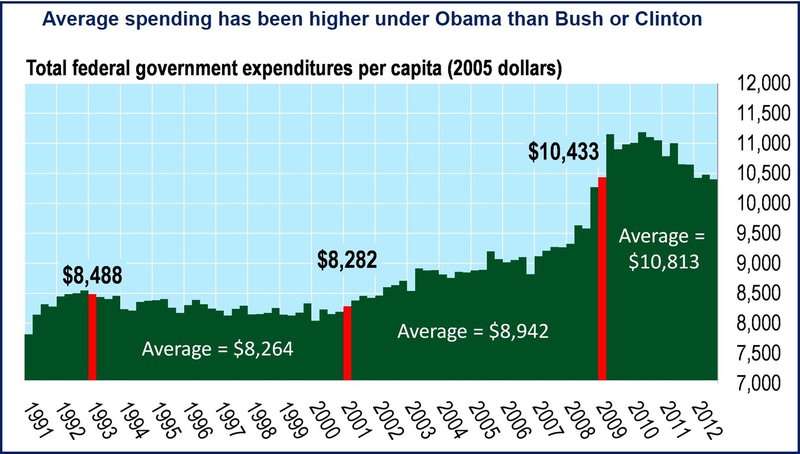Why are left wing government debt levels higher compared to right wing ones? A new report soon to be published by the Ifo Institute in the ifo Schnelldienst demonstrates that since the turn of the century in Europe, right-wing administrations have had lower debt levels than their left-leaning counterparts.
Niklas Potrafke, head of the Ifo Center for Public Finance and Political Economy, said:
“Left-wing and right-wing governments in industrialized economies have pursued virtually identical economic policies since the end of the Cold War.”
“So it is interesting to note that differences in the financial policies of left-wing and right-wing governments have emerged in recent years.”
No difference in economic growth between political spectrum
Potrafke and team also gathered and analyzed data on countries’ rates of economic growth, unemployment and youth unemployment trends, and the primary balance of the budget to see whether there might be differences across the political spectrum.
Potrafke said:
“There were no differences in growth, and only minor differences in unemployment rates and the primary balance of the budget.”
He added:
“Our analyses are purely descriptive. Econometric models that take into account the impact of a wide range of other determinants on the respective figures and identify their mechanism of action are required to make more substantiated statements.”
“The financial and debt crisis may possibly represent a turning point, and we may see left-wing and right.-wing governments implementing clearly different economic policies again in the future, which will also be reflected in the data.”
What about the US Democrats versus Republicans?
Comparing left and right wing in the US is not the same as in Europe. For many European nations, their right-wing (conservative) parties are more or less where the Democrats stand.
The Spanish Workers’ Socialist Party (PSOE) or the UK’s Labour Party are generally considered as more left-wing than the US Democratic Party.
In Europe right wing tends to have a purely economic meaning, while in the US it may include religion, pro-life, military spending, and other inclinations.

(Source: Forbes)
Overspending or borrowing too much is not a problem exclusive to just one political party in the US. While Bill Clinton (Democrat) and Ronald Reagan (Republican) exercised restraint, George Bush (Republican) and Barack Obama (Democratic) were/are big spenders.
Chris Conover wrote in Forbes earlier this year that Obama is by far a bigger spender than Clinton or Bush.
Expenditures over the past 20 years in the US have been lower when the Republicans controlled all or part of Congress than when the Democrats were in control, regardless of who was President.
UK left and right governments – no difference
There have only been eight years when the United Kingdom Treasury has ended the year with a surplus, four of them under the Conservatives (right-wing) and four under Labour (left-wing).
During the last financial crisis, the UK’s deficit skyrocketed to 109% in 2009 and 10.1% in 2010, according to the OECD – a higher figure than Portugal’s (which needed to be bailed out) and very close to Greece’s 10.8%.
